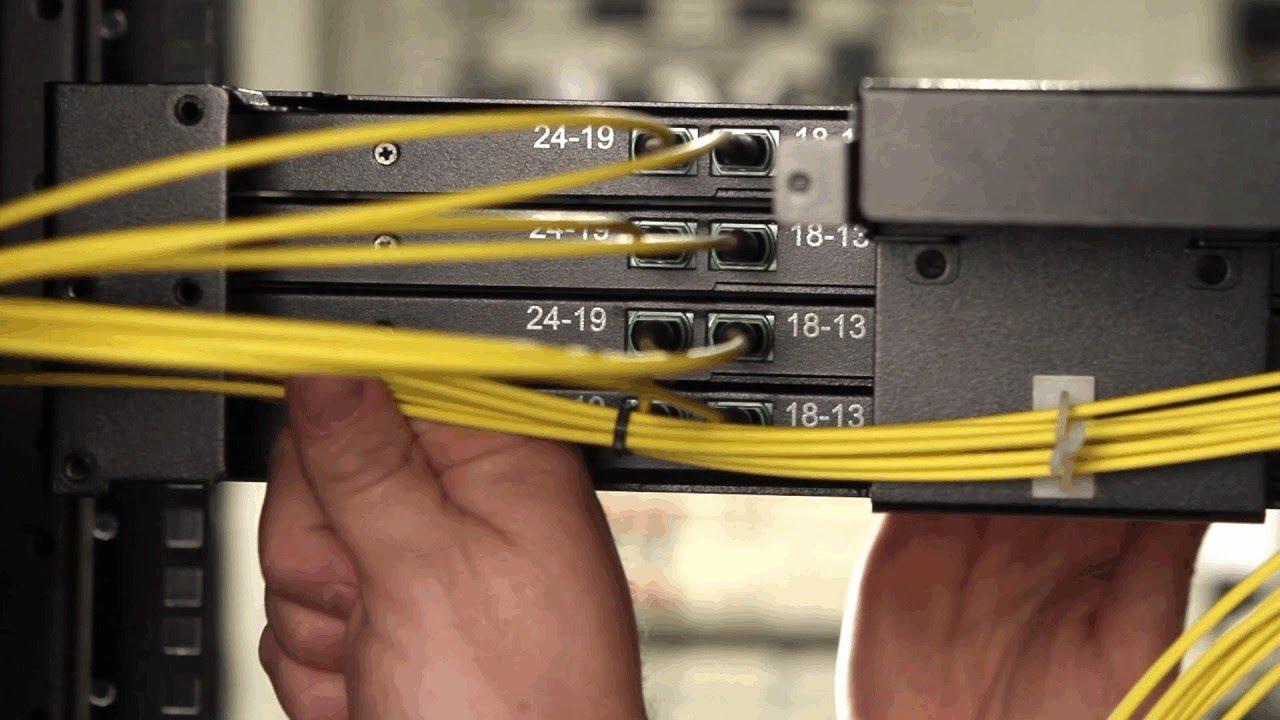In the rapidly evolving world of industrial technology, connectivity remains a cornerstone. Among the various advancements, All-Dielectric Self-Supporting (ADSS) fiber optic cables have emerged as a game changer. This explores how ADSS fiber optic cables are revolutionizing industrial connectivity, focusing on their features, benefits, and implications for the future.
The Basics of ADSS Fiber Optic Cables
ADSS fiber optic cables are a unique type of cable designed for supporting their own weight and environmental conditions without requiring metallic armor. These cables are lightweight, resistant to electricity, and can span long distances without the need for support towers. This makes them ideal for industrial applications, especially in environments where electrical interference or challenging geographical conditions are prevalent.
Advantages of Industrial Connectivity
Having understood the basic features of ADSS fiber optic cables, let's delve into their numerous advantages and the transformative impact they have on industrial connectivity.
Enhanced Safety and Reliability
In industrial settings, safety is paramount. ADSS cables are non-conductive, eliminating the risk of electric shock or interference with other electrical equipment. This feature ensures a safer working environment and reduces potential downtime caused by electrical faults.
Long-Distance Communication
With the ability to cover long distances without signal degradation, ADSS fiber optic cables facilitate seamless communication across extensive industrial complexes. This is crucial for industries spread over large areas, such as oil and gas, mining, and power generation.
Durability in Harsh Environments
ADSS cables are designed to withstand harsh environmental conditions, including extreme temperatures, UV radiation, and chemical exposure. This durability ensures consistent performance in industries operating in challenging outdoor environments.
High Bandwidth Capacity
The high bandwidth capacity of fiber optics means ADSS cables can handle vast amounts of data at high speeds. This capability is essential for industries that rely on real-time data transfer and monitoring, such as manufacturing and logistics.
Impact on Industrial Operations:
The adoption of adss fiber optic cable in industrial settings has significant implications:
Improved Operational Efficiency
Faster and more reliable data transfer translates into improved operational efficiency. Industries can leverage real-time data for better decision-making and quicker response times, enhancing overall productivity.
Cost-Effectiveness
While the initial investment in ADSS technology might be higher compared to traditional cabling, the long-term savings are substantial. Reduced maintenance costs, lower energy consumption, and minimal downtime contribute to a favorable return on investment.
Future-Proofing Industries
As industries evolve, the need for scalable and adaptable communication networks becomes crucial. ADSS fiber optic cables offer the flexibility and capacity to meet future technological advancements and increasing data demands.
Conclusion
ADSS fiber optic cables are not just another technological advancement; they are a transformative element in the future of industrial connectivity. Their ability to offer safe, reliable, and efficient communication in challenging industrial environments positions them as a key component in the industrial landscape of the future. As industries continue to evolve and embrace digital transformation, the role of ADSS fiber optic cables will undoubtedly expand, paving the way for more connected, efficient, and innovative industrial operations.


